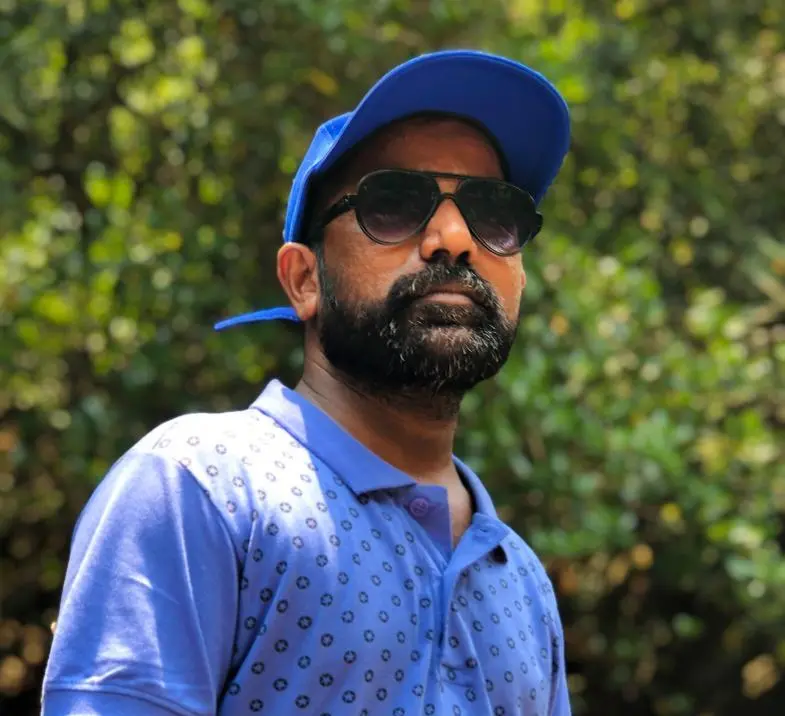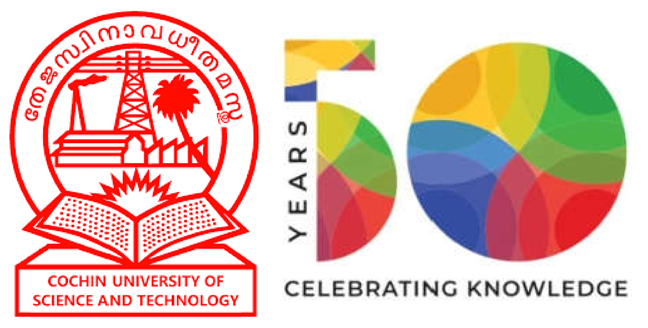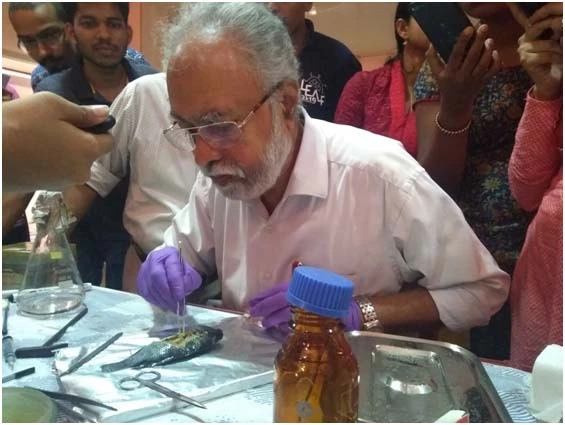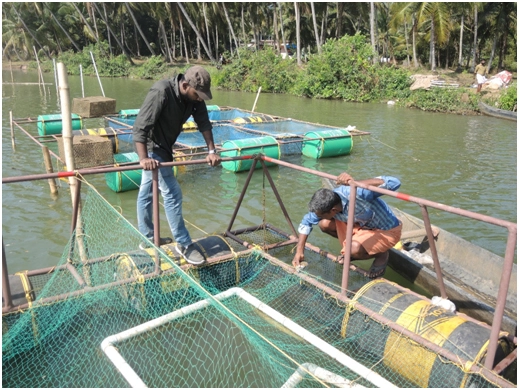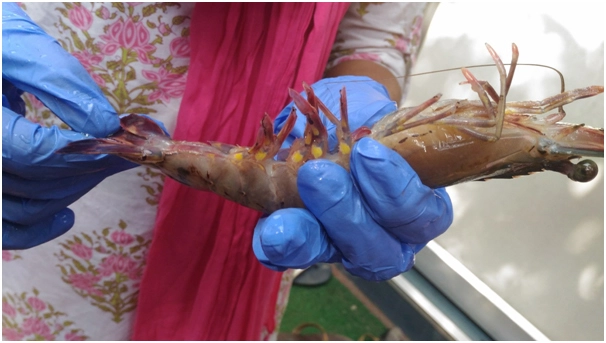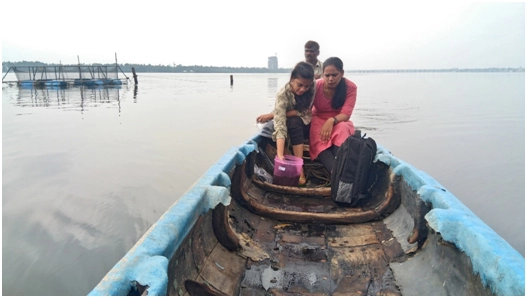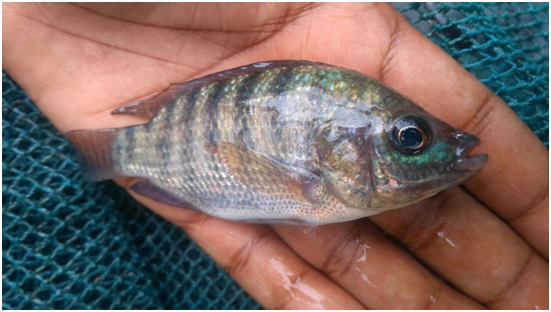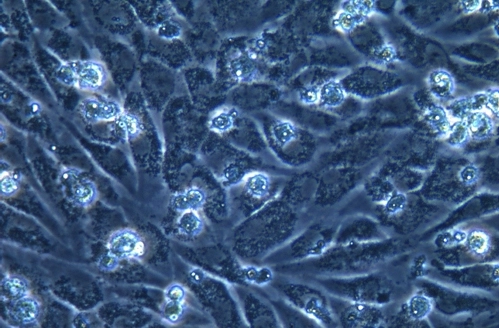- Balakrishnan, S., Ameer, A., Pazhur Mohandas, S., Maliyekkal Sajeevan, A.K., Bhaskaran Sathyabhama, A., Singh, B., 2022. Pyocyanin as a safe aquaculture drug for the control of vibriosis in shrimp recirculating aquaculture system (RAS). Aquac. Int. 30, 2129–2144. https://doi.org/10.1007/s10499-022-00890-y view
- Anoop, B.S., Puthumana, J., Vazhappilly, C.G., Kombiyil, S., Philip, R., Abdulaziz, A., Bright Singh, I.S., 2021. Immortalization of shrimp lymphoid cells by hybridizing with the continuous cell line Sf9 leading to the development of ‘PmLyO-Sf9 .’ Fish Shellfish Immunol. 113, 196–207. https://doi.org/10.1016/j.fsi.2021.03.023 view
- Bhaskaran Sathyabhama, A., Puthumana, J., Kombiyil, S., Philip, R., Bright Singh, I.S., 2021. ‘PmLyO-Sf9 – WSSV complex’ could be a platform for elucidating the mechanism of viral entry, cellular apoptosis and replication impediments. Virology 553, 102–110. https://doi.org/10.1016/j.virol.2020.10.014 view
- Preena, P.G., Rejish Kumar, V.J., Singh, I.S.B., 2021. Nitrification and denitrification in recirculating aquaculture systems: the processes and players. Rev. Aquac. 13, 2053–2075. https://doi.org/10.1111/raq.12558 view
Diseases are one of the major threats to aquaculture, and without having an appropriate management plan successful culture operation happens to be almost impossible. Recent FAO the State of the World of Fisheries and Aquaculture 2022 (FAO, 2022) calls for the transformation of aquatic food systems (towards Blue transformation), and one of the three main goals of the vision is “Sustainable aquaculture expansion and intensification.” The main challenge is the intensification, which will cause infectious diseases to emerge and reappear. Understanding the infections and their interactions with hosts, as well as developing diagnostic tools and preventive measures, are essential for realising these aims on a nationwide scale.
The appearance and spread of serious diseases in aquatic animals is one of the main issues. Intensive aquaculture techniques frequently serve as a staging ground for diseases, while international traffic in aquatic animals and their products provides channels for their trans-border transmission. In general, it is thought that moving live aquatic species carries a higher risk of infection spread than moving dead goods. Aquaculture and international trade will continue to grow regardless of the threats posed by diseases.
Aquatic animal health and disease management are now studied from a variety of angles, such as environmental protection and pollution control, human health and epidemiology, site selection and culture technologies, monitoring and sanitation of aquaculture facilities, diagnosis and treatment of diseases of cultured species, avoidance of nutritional diseases, prevention of epidemics of mortality in culture facilities, formulation and implementation of regulatory measures, and more. Aquatic farm animals, in contrast to terrestrial farm animals, require greater care to monitor their health because they live in a complex and dynamic habitat and are not easily visible except under tank holding settings.
Aquatic animal health management is one of the core research themes of the centre. The research team focusing on bacterial, viral, fungal and protozoan and metazoan parasitic diseases of finfish and shellfishes and it’s epidemiology, pathology, host-pathogen interaction, immunology, development of management measures for the control of diseases such as vaccine development, probiotics, bioremediation, prophylactic measures etc. the team working on the development of novel diagnostic tools for the detection and identification of pathogens.
Recent Updates
- ‘PmLyO-Sf9 – WSSV complex’ could be a platform for elucidating the mechanism of viral entry, cellular apoptosis and replication impediments.
- A Novel Approach of Transducing Recombinant Baculovirus into Primary Lymphoid Cells of Penaeus monodon for Developing Continuous Cell Line
- Developed novel plant derived products for the management of different aquatic animal diseases.
Research Projects
- Molecular screening, cell culture based isolation and characterization of finfish and shellfish viruses and establishment of National Repository funded by Department of Biotechnology, Govt.of India
- Indo-US initiatives on innovative reforms in marine biotechnology education and research and development of sustainable aquaculture production systems for inclusive economic growth and sustainable development funded by University Grants Commission, Govt. of India (under the Indo-US 21st Century Knowledge Initiative)
- Development of an appropriate delivery system for dsRNA of CMG family hormone genes to effect maturation and spawning of Penaeus monodon under captivity funded by Kerala State Council for Science Technology and Environment.
- M1. Evaluating costs and benefits of prophylactic health products and novel alternatives on small holder aquaculture farmers in Asia and Africa (IMAQualate) funded by Department of Biotechnology, Govt.of India
Research Publications
- Muneer A., Diya Dominic D.V., Linu Eldho, Akshay P.S., Keerthana P.V., Sajeevan T.P. and I.S. Bright Singh. 2022. Viral Disease Profile of Fish Culture in Kerala: Molecular Epidemiology During 2019-21 In: Proceeding of 34th Kerala Science Congress during 10-12 February 2022.
- Ammu Thomas 2017 Photosynthetic Bacteria For Bioremediation of Hydrogen Sulphide In Aquatic Systems view view
- Preena P.G. 2016 Molecular characterization and cell signaling of nitrifying bacterial consortia in nitrifying bioreactor
- Riya George. Bacillus cereus MCCB 101 as bioaugmentor for detritus degradation in a simulated zero water exchange shrimp grow out system. view view
- Deepesh V. Development and validation of bacterial consortia for bioremediation of detritus in aquaculture systems. view view
- Rose Mary Jose. 2013. Efficacy of marine bacterial probiotics on shrimp post larvae for enhanced growth, survival and protection from Vibrio harveyi.
- Sunitha Poulose. 2013. Marine yeast Candida MCCF 101 as feed supplement in aquaculture: nutritional quality, optimization of large scale production and evaluation of its protective effect on Koi carp from Aeromonas infection.view view
- Sunish KS. 2012. A marine actinomycete Nocardiopsis MCCB 110 as source of novel drugs to manage vibriosis. view view
- Vrinda S. 2012. Development of CHH family recombinant hormones and RNAi for induced maturation of Penaeus monodon. view
- Surekhamol IS. 2012. Vibrio harveyi phages: Isolation, characterization and evaluation of their potential as phage therapeutics on Vibrio harveyi in shrimp hatcheries. view view
- Priyaja P. 2012. Pyocyanin (5-Methyl-hydroxyphenazine) produced by Pseudomonas aeruginosa as antagonist to Vibrios in aquaculture: Over expression, downstream process and toxicity. view view
- Haseeb M. 2012. Development of zero water exchange shrimp culture systems integrated with bioremediation of detritus and ammonia nitrogen. view view
- Sreelakshmi B. 2011. Molecular approaches for characterization of pathogenicity of vibrios with special reference to Vibrio harveyi from Penaeus monodon larval production system. view view
- Gigi Poulose. 2011. Immune response of Penaeus monodon to the inactivated white spot syndrome virus preparation. view view
- Sudheer NS. 2010. Mangrove plants Ceriops tagal as a potential source of anti-White Spot Syndrome Virus preparation for Penaeus monodon. view view
- Sreedharan K. 2010. Aeromonas associated with freshwater ornamental fish culture systems: Characterization, pathogenicity and management.
- Seena Jose. 2009. Cell Culture Systems from Penaeus monodon: Development and Application. view
- Rejish Kumar VJ. 2009. Nitrifying bioreactors integrated in to shrimp and prawn hatchery systems: Molecular characterization of the nitrifying bacterial consortia, reactor kinetics, modeling and validation. view view
- Manju NJ. 2008. Development of nitrifying and photosynthetic sulphur bacteria based bioaugmentation systems for the bioremediation of ammonia and hydrogen sulphide in shrimp culture. view view
- Somnath Pai S. 2007. Biocontrol of Vibrio harveyi in Penaeus monodon larval rearing systems employing probiotics and vibriophages. view view
- Preetha R. 2007. Bioprocess technology for antagonistic Pseudomonas MCCB 102 and 103, Micrococcus MCCB 104, and evaluation of Synechocystis MCCB 114, 115 as probiotics for the management of Vibrio in shrimp culture systems. view view
- Jayaprakash NS. 2005. Antibody Based Diagnostic for Detection Of Vibrios and their Biological Control using Antagonistic Bacteria in Macrobrachium rosenbergii Larval Rearing Systems. view view
- Anas A. 2005. Extraction of Glucan from Acremonium diospyri and Its Application in Macrobrachium rosenbergii Larval Rearing System Along With Bacterians as Microspheres. view view
- Manjusha M. 2003. White Spot Syndrone Virus in Penaeids: Histopathology, Development of Polyclonal Antisera and a Cocktail Vaccine. view view
- Sunil Kumar G. 2000. Development of Cell Culture Systems from Selected Species of Fish and Prawns. view view
- Cini Achuthan. 2000. Development of Bioreactors for Nitrifying Water In Closed System Hatcheries Of Penaeid And Non-Penaeid Prawns. view view
- Saritha G. Bhat. 1998. Systematics and pathogenicity of Vibrionaceae associated with the larvae of Macrobrachium rosenbergii in hatchery. view
Focus Areas
- Isolation, identification and characterization of bacterial, viral, fungal and parasitic agents of aquatic animals, mainly fishes and shell fishes.
- Developments of possible remedial measures for aquatic animal diseases
- Management of diverse aquaculture environments.
- Building up of repositories of aquatic animal pathogens for research and development.
- Surveillance for the emergence, spread and impact of pathogens in aquaculture.
Collaborating Institutes
ICAR-Central Institute of Brackish Water Aquaculture Central Marine Fisheries Research Institute ICAR-National Bureau of Fish Genetic Resources Central Institute of Freshwater Aquaculture Central Institute of Fisheries Education University of Calicut Sher – E- Kashmir University of Agricultural Sciences Technology C Abdul Hakeem College Sea6 Energy Oriental Aquamarine Biotech Private LimitedOur Team
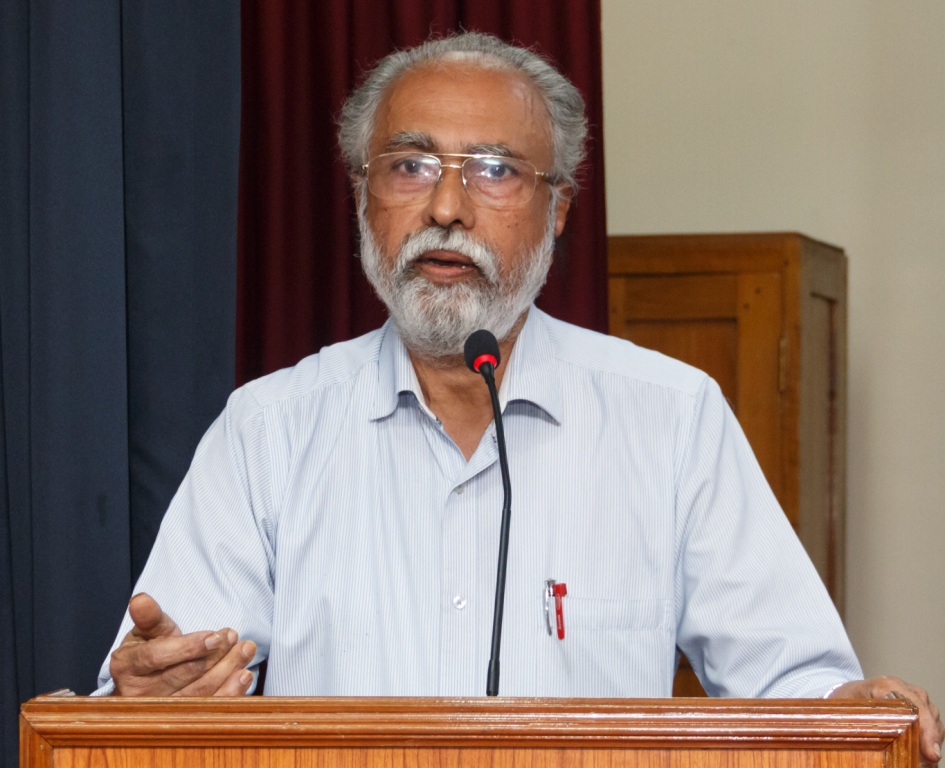
Prof. I. S. Bright Singh
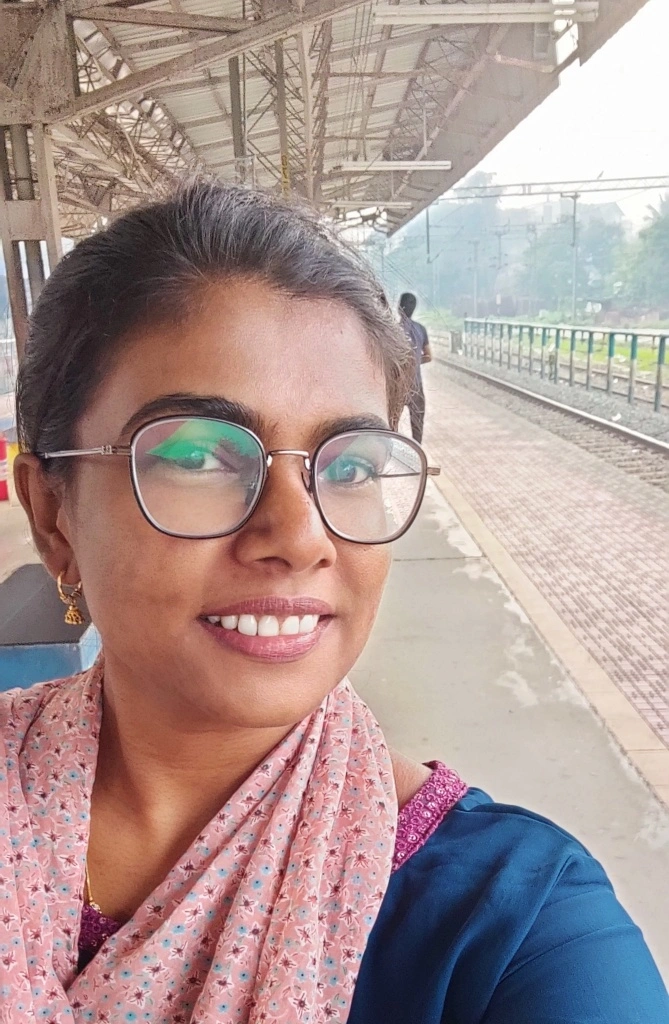
Ahna Ameer
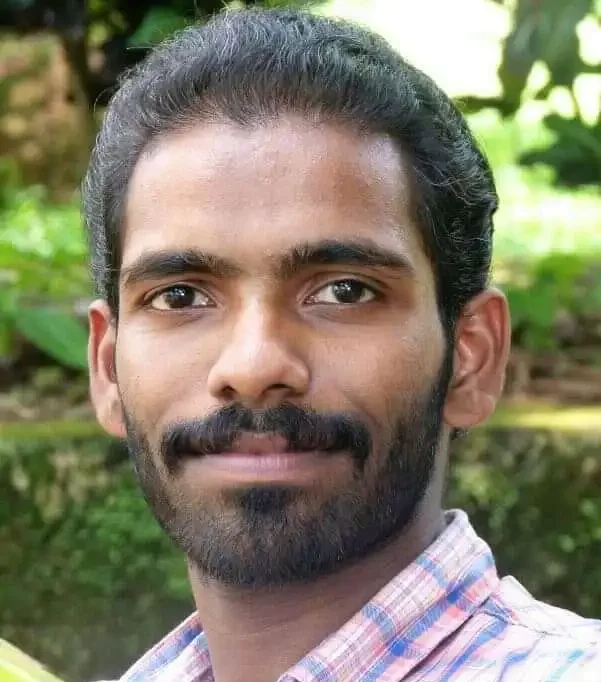
Akshay P. S.
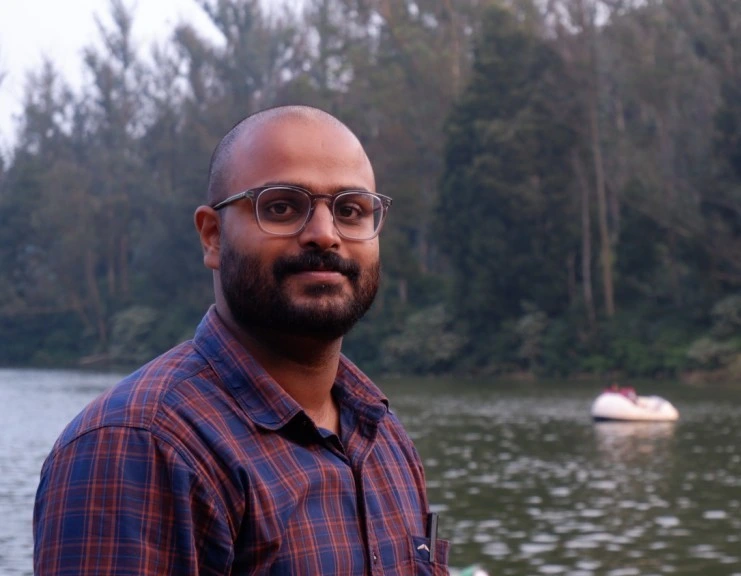
Ambadi Kannan
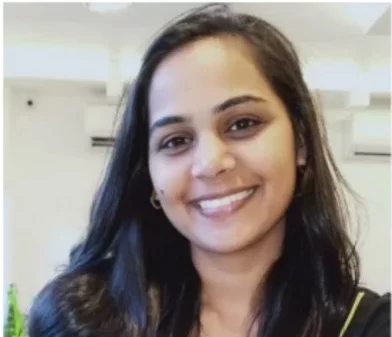
Diya Dominic
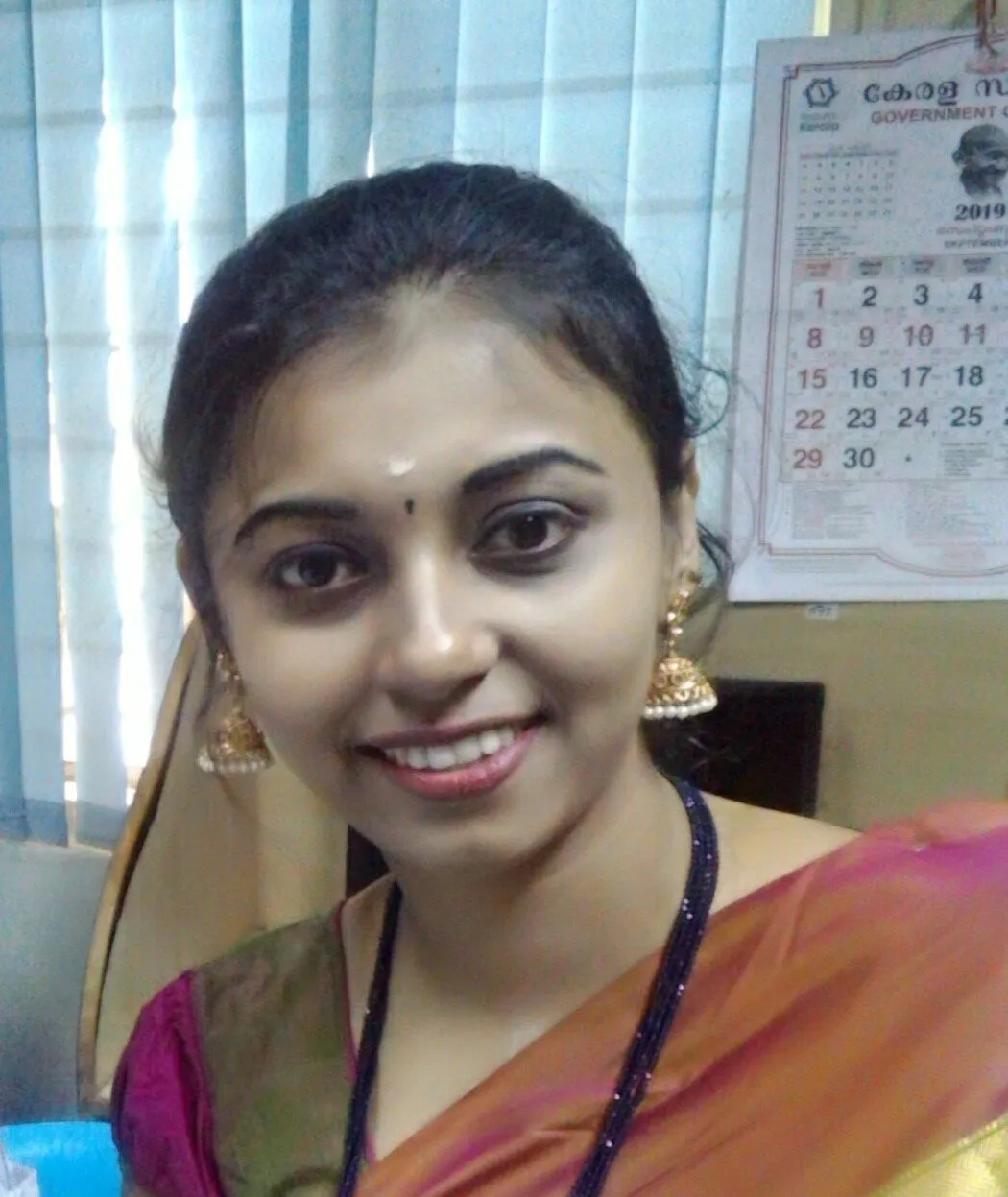
Gopika V. S.
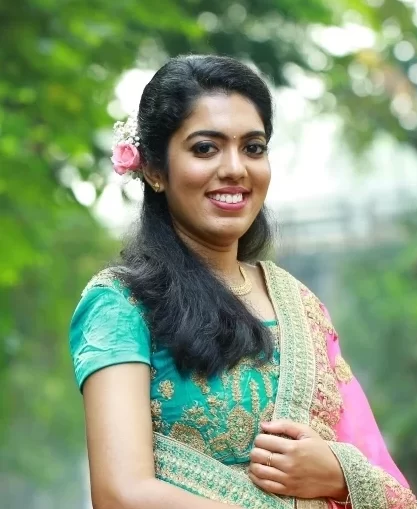
Jini Jimmy
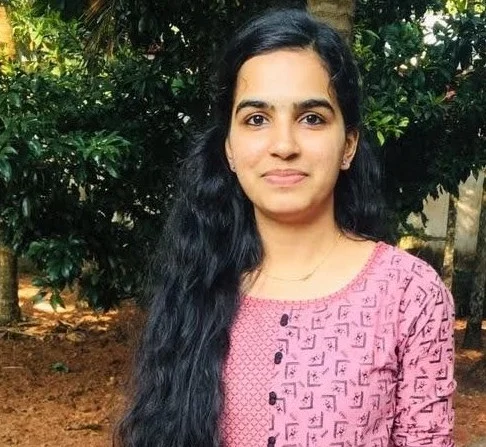
Keerthana P. V.
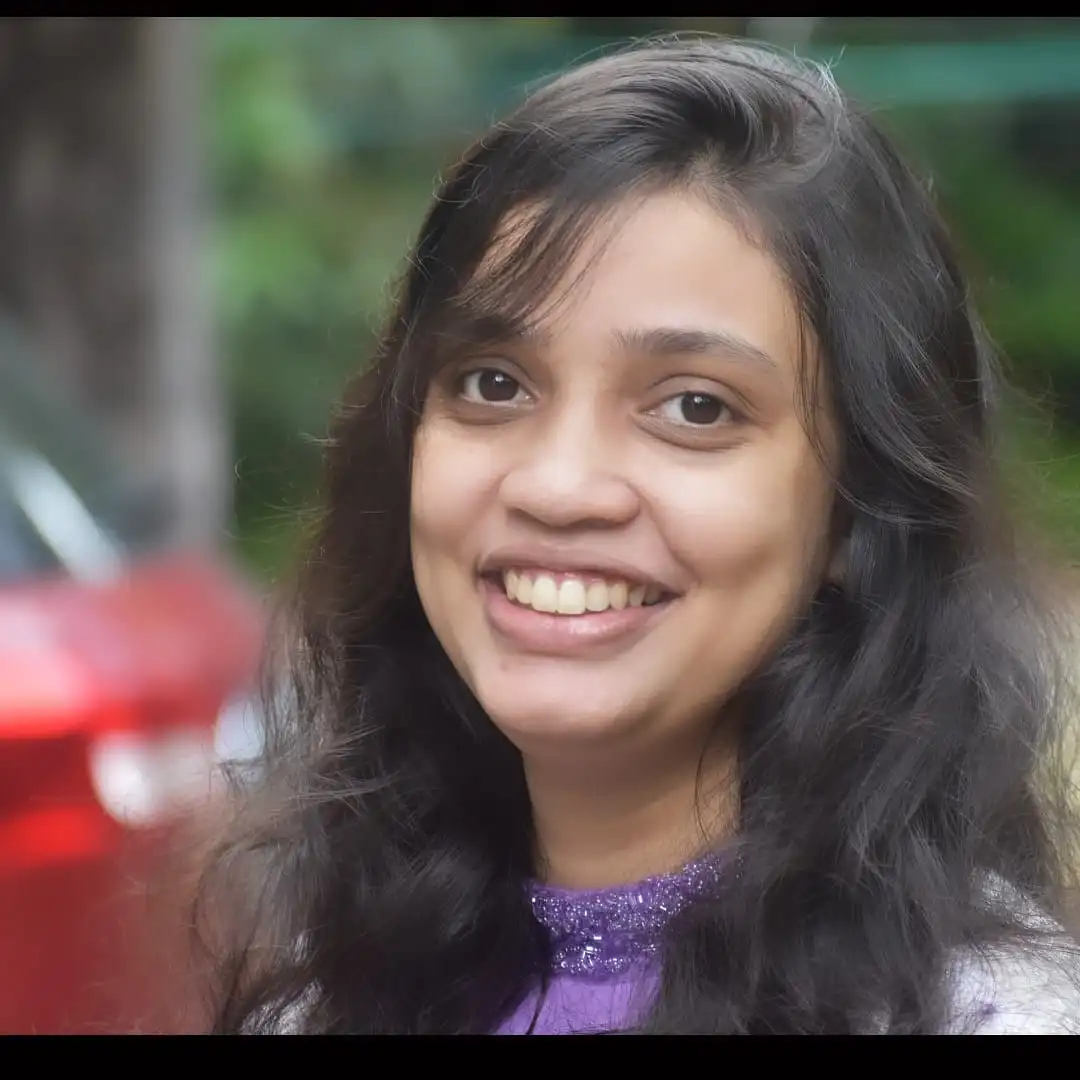
Linu Eldho
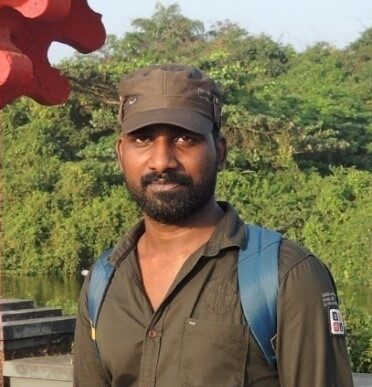
Muneer A.
